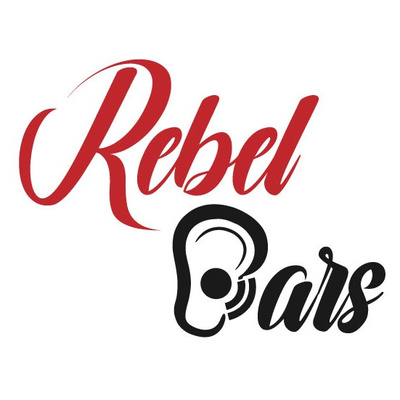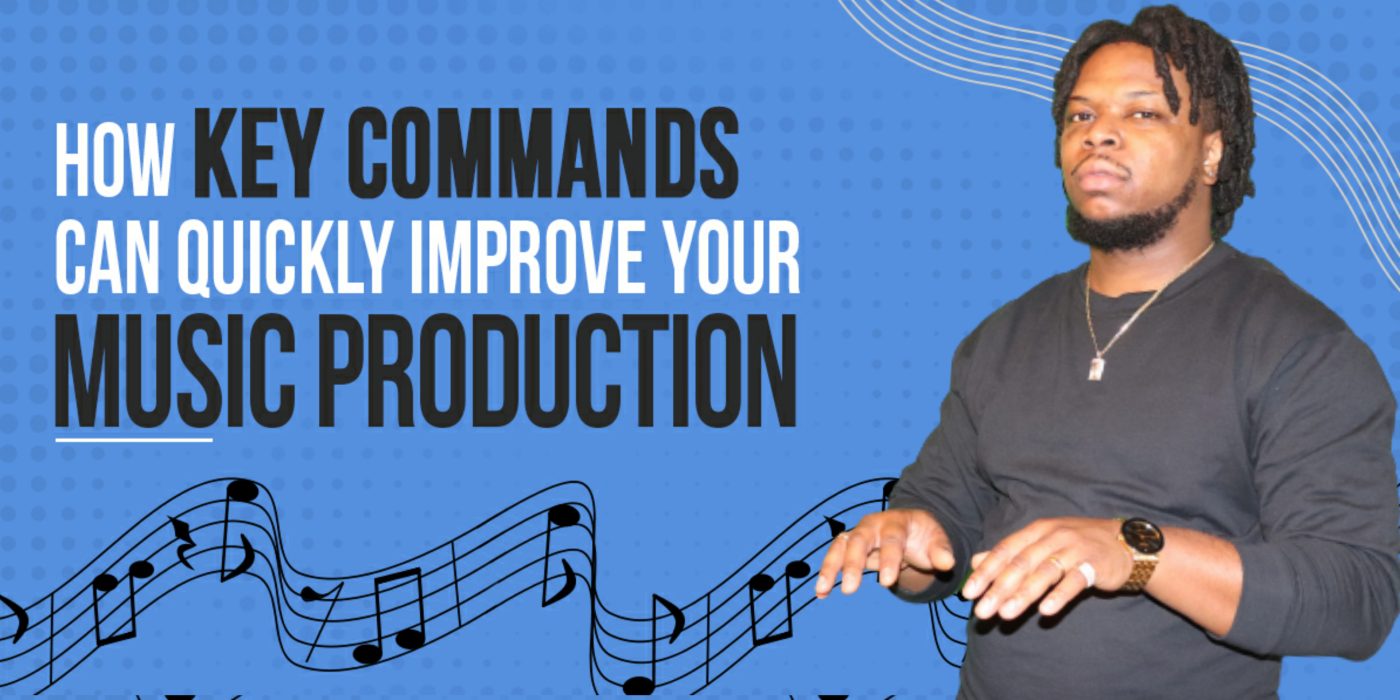Blog
How Key Commands Can Quickly Improve Your Music Production
Key commands, like their names suggest, are dedicated key combinations that are used singly or in combination with other keys to initiate or to activate specific tasks in a software or program. A key command may be an alphanumeric key or an alphanumeric key combined with one or more modifier keys. Modifier keys are usually denoted by glyphs (symbols) in the Key Commands window. Some key commands have been added to programs by default, but in most cases, users can also select keys to perform specific functions that they desire. Now, some of these key commands can be modified and configured manually via the ‘Key Command’ section on your computer.
On the Mac, users are allowed to customize their key commands to perform specific functions and they are not usually initiated until the key command is pressed. This is in some ways similar to when you press the ctrl+S on a Windows computer which is a shortcut to save in most programs. Using the mouse to navigate through menus is not in any way different from trying to find your way out of a maze, but with key commands, you now have the ability to work through seemingly difficult menus with ease. Key commands are shortcuts that allow work to be done quickly and efficiently.
On a DAW, key commands send a command to the DAW software or program, and this in turn initiates the desired result. With key commands, you can perform nearly every function such as save, browse, import, copy, paste, and cut, depending on the function the keys have been assigned to perform. Assigning specific key combinations will help to accelerate your workflow immensely.
THE IMPORTANCE OF KEY COMMANDS
In music production, key commands play a great role especially while working with DAWs. Why is a key command important? A very important part of any project is being able to save time while efficiently achieving set goals and deadlines. There is usually no room for distractions. Key commands are therefore shortcuts that will help you to save a ton of time and make the workflow more efficient and pleasant. Knowing and mastering your key commands helps to improve your speed. Remember that the faster you complete one project, the more work you can take on and complete.
Once mastered, key commands provide fast and spontaneous access to processes, and you can set up a given task or settings, significantly speeding up the production process. The only downside to the effectiveness of key commands is picking on so many key shortcuts that you can barely remember when you need them. This rubbishes the entire essence of key commands, so it is best to know a handful of them that you most definitely cannot do without. Key commands are resources that you must utilize to get best results in very fast timescales during production. With key commands, the hassle of dragging your mouse, poking at keys on your keyboard consistently gets taken out of the way. You will literally have more time and more space to focus on your music and recording songs without any inhibitions. Nice and easy, every time.
The advantages of key commands can never be overestimated. While we can go on and on about their importance in this article, what is most important is for every audio professional to spend time to learn all the tips and shortcuts in order to make the workflow smoother. Knowing how to move around the project and perform some certain task within a short time frame will allow you as a producer to focus all your attention on the essentials to run a smooth production process. Here are some important key commands that are effective for music production and common to most DAWs.
LOGIC KEY COMMANDS (Recording and Mixing)
The following keys are some of the key commands that can be used to RECORD on Pro Tools/Logic DAWs:
- Key commands to “RECORD” in Pro Tools can be in the form of one of the following:
Press F12.
Press Command – Spacebar.
Press 3 on the Numeric Keypad (if you have one).
- Key command to “RECORD” in Logic can simply be done by pressing “R” on the keyboard.
Press “R” as a key command for Record on the Logic DAWs.
The following are some of the key commands in the Logic DAW:
R for Record
X for Mixer
K for Click
C for Cycle
O for Loop Library
Z for Zoom
P for Piano Roll
L for Loop Region
Y for Library
F for Finder
There are 26 letters of the English Alphabets on the keyboard and the Logic DAWs has over 1000 Key commands which means 26 alphabet characters will not be enough. To accommodate other key commands, it can be expanded by making use of the modifiers.
Modifiers are any of the following keys:
- Shift
- Control
- Option
- Command
Pro Tools Key Commands and Modifiers
On the Mac OS, the use of modifiers is inevitable and by using them frequently for almost anything, you can easily get a hang of key commands when running your DAW on a Mac computer.
For Example:
Command- S for Save
Command- Z for Undo Last Action
Command – Q for Quit
Most Common Key Commands Include:
- Command + Shift + N = New Track
- Command + E = Edit Track (highlight intended section)
- Command + D = Duplicate (highlight intended object)
- Option (hold) = Selects ALL (tracks, inputs, etc.)
- Command + F = Fade (highlight intended section)
- Command + G = Create Group (group tracks and name them)
- Shift + R = Arm Record To Track (highlight intended track)
- Command + = Switches between the MIX and EDIT windows.
- Command + U = Strip Silence (remove empty space around waveform)
- Command + Z = Undo
So, the key to success in music production lies in constantly challenging oneself and evolving. Knowing your key commands will shoot you to the top in no time.
I hope you enjoyed another reading brought to you by Rebelears.com
For more blogs, podcasts and other tips please visit rebelears.com and don’t forget to check out our free downloads and products for purchase. Thank you,
Until next time… REFUSE TO SOUND ORDINARY!

